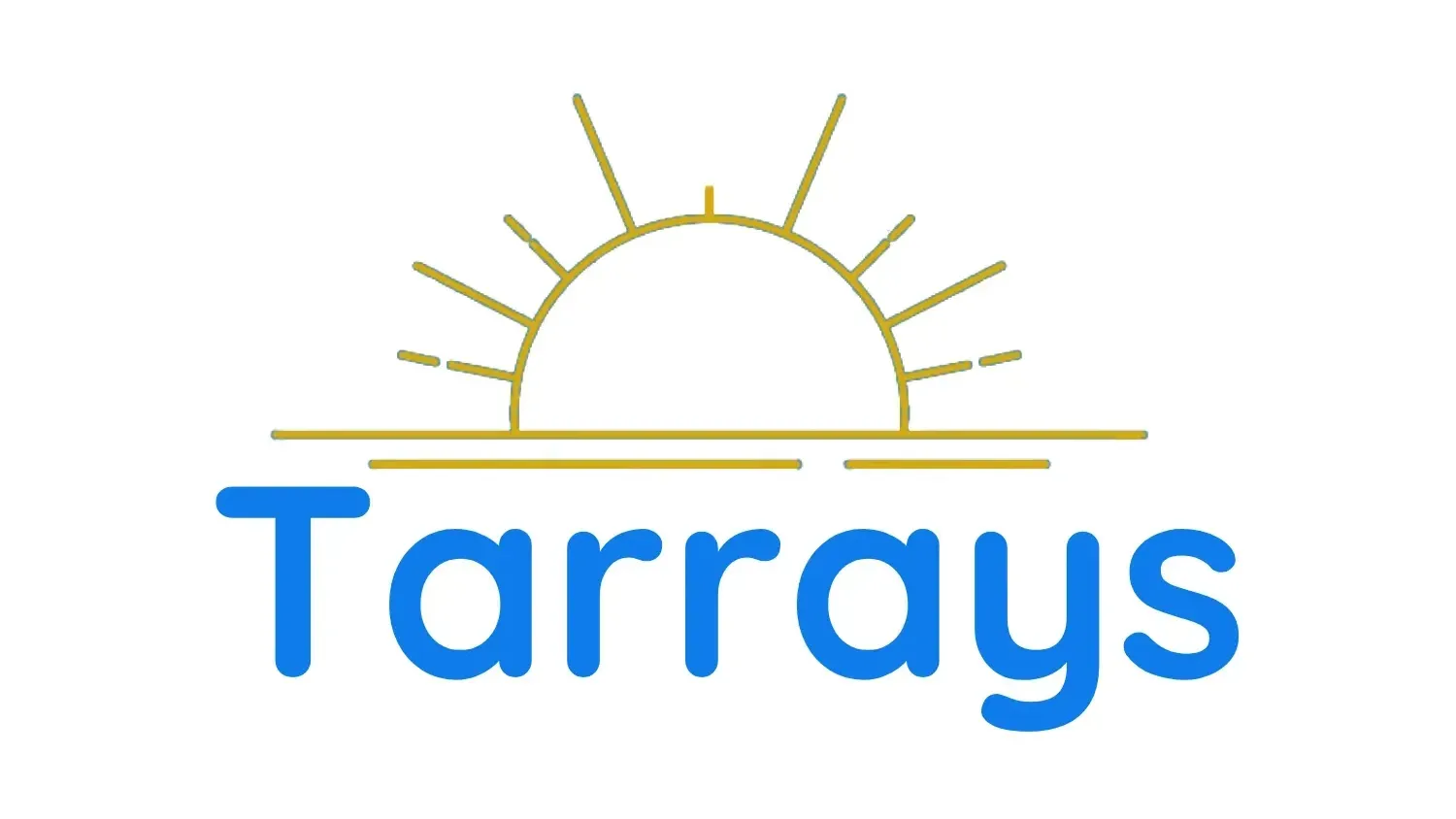The Benefits of Partnering with a Recruitment Agency for Permanent Hiring
In today’s competitive job market, businesses face significant challenges in finding and securing top-tier talent for permanent roles. Recruitment agencies have become invaluable partners in simplifying and enhancing this process. For Australian companies, working with agencies like Tarrays can be a game-changer in achieving long-term hiring success.
Here, we explore the key benefits of partnering with a recruitment agency for permanent hiring.
1. Access to a Wider Talent Pool
Recruitment agencies have extensive networks and databases of pre-screened candidates, offering businesses access to a broad spectrum of professionals.
- Why It Matters:
Agencies attract passive candidates—those who aren’t actively job hunting but may be the perfect fit for your organisation. - Example in Practice:
A growing tech company in Melbourne, seeking a senior software engineer, discovered the ideal candidate through a recruitment agency, bypassing months of internal search efforts.
By leveraging a recruitment agency’s network, businesses can fill critical roles faster and with greater precision.
2. Time-Saving Expertise
Recruitment is a time-intensive process involving job postings, resume screening, interviews, and negotiations. Agencies streamline these tasks, allowing companies to focus on their core operations.
- Efficiency Gains:
- Pre-screened candidates save hiring managers from sorting through unqualified applications.
- Agencies handle interview scheduling, background checks, and initial negotiations.
- Real-World Impact:
Companies that use agencies report a significant reduction in their time-to-hire, enabling faster onboarding of essential staff.
3. Expertise in Matching Candidates with Roles
Recruitment agencies excel at aligning a candidate’s skills, experience, and cultural fit with an employer’s needs.
- How They Achieve This:
- In-depth understanding of the client’s business goals and work culture.
- Use of advanced assessment tools to evaluate candidates.
- Case Study:
A logistics firm in Sydney partnered with Tarrays to hire a supply chain manager. By understanding the company’s specific requirements, Tarrays found a candidate who not only met the technical criteria but also thrived in the organisational culture.
4. Reduced Hiring Risks
Hiring the wrong candidate can be costly—financially and operationally. Recruitment agencies minimise this risk through their thorough vetting processes.
- Risk Mitigation Strategies:
- Detailed reference checks and skills assessments.
- Shortlisting only the most qualified candidates.
- Why It Works:
Agencies ensure that each candidate is not just qualified on paper but also capable of delivering results in practice.
5. Insights into Industry Trends
Recruitment agencies are at the forefront of employment market trends, offering valuable insights to businesses.
- Benefits for Employers:
- Up-to-date information on salary benchmarks and market demand.
- Guidance on crafting competitive job offers.
- Example:
During the pandemic, recruitment agencies played a crucial role in advising healthcare providers on staffing shortages and emerging talent pools.
Partnering with an agency equips businesses with the knowledge needed to stay ahead in a dynamic job market.
6. Cost Efficiency in Hiring
While some may view agency fees as an expense, the value they provide often outweighs the cost.
- Financial Benefits:
- Avoids expenses related to prolonged vacancies or poor hiring decisions.
- Reduces internal recruitment costs such as advertising and administrative overheads.
- Long-Term Value:
Hiring the right talent ensures better retention rates, saving companies from frequent rehiring costs.
7. Tailored Recruitment Strategies
Every business has unique hiring needs, and recruitment agencies customise their approach accordingly.
- Customisation Examples:
- Startups may need versatile employees to fill multiple roles.
- Large corporations might require specialists for niche positions.
- The Tarrays Advantage:
Tarrays designs bespoke hiring strategies, ensuring businesses get candidates who align with their specific goals.
8. Support Beyond Hiring
Recruitment agencies provide ongoing support even after the hiring process concludes.
- What This Includes:
- Assistance with onboarding and integration.
- Follow-up consultations to ensure both employer and employee satisfaction.
- Added Assurance:
Some agencies offer guarantees, such as free replacements if a new hire leaves within a specified period.
Conclusion
Partnering with a recruitment agency for permanent hiring offers Australian businesses a strategic advantage in securing the right talent. From accessing a vast talent pool to reducing hiring risks and gaining market insights, agencies like Tarrays play a crucial role in building robust, high-performing teams.
In an era where talent drives success, working with a trusted recruitment partner ensures that businesses not only meet their staffing needs but also position themselves for sustained growth. Make the smart choice—partner with Tarrays today and transform your hiring experience!












